
Anna Maria Mydlarska
A life with the Solidarność movement. Gdańsk/PL
Günter Starke
Alternative life in the GDR. Neustadt, Dresden/DE
Heidi Bohley
Between Halle and Havel – the courage for freedom. Halle, Dresden/DE & Prague/CZ
Luiz Mazuze
Migrants in the GDR, Dresden/DE
Visting a former „Jugendwerkhof“
Tour with Dr. Maria Pretzschner, museum education officer, Königstein Fortress/DE
Jürgen Gottschalk
Mail Art and Stasi persecution, Dresden/DE
Lutz Kandler
Painting on the Blue Wonder bridge, Dresden/DE
Anna Maria Mydlarska: A life with Solidarność movement. Gdańsk/PL

In 1980 Anna Maria Mydlarska witnessed the birth of Solidarity movement during the August strike in Gdansk shipyard. She immediately joined the trade union Solidarity. In 1981 she started to work as journalist and interpreter for the Solidarity National Committee. She interpreted Lech Walesa’s interviews during the I National Solidarity Congress in Gdansk. Anna Maria Mydlarska continued her work for Solidarity throughout the eighties. She met with foreign journalists and visited informal Lech Walesa’s office in Gdansk. In 1988-89 she worked for the Solidarity National Committee.
In 1990 she went for journalist training sponsored by the Know- How Found and British Government to Cardiff and to the BBC in London. In 1990-1991 Anna Maria Mydlarska lectured at Drake University in Des Moines, Iowa about Polish transition to democracy. She became documentary film author and director and created over 50 documentaries. For over 10 years she lectured at Gdansk University Department of Journalism. For the last fifteen years she had been a Manager of Documentary Film Section of the European Solidarity Centre. She is the author of the films presented at the European Solidarity Centre permanent exhibition.

Sources and further information
Central Europeans reflect on life before the fall of the Berlin Wall
Interview with Anna Maria Mydlarska on voicesfromthecenter.net
Geschichte der Solidarność (History of Solidarność)
Interview with Anna Maria Mydlarska on bundesstiftung-aufarbeitung.de
Poland from Solidarity Perspective
Conversation conducted by Gintautas Mažeikis and Tomas Kavaliauskas (Social and Political Critique Center, Vytautas Magnus University, Lithuania) on yotube.com
Günter Starke: Alternative Life in GDR. Neustadt, Dresden/DE

Günter Starke and his wife Christine went on the difficult way of becoming freelance photographers in the GDR. Since the mid-1980s, they have been photographically discovering their living environment in the so called “Äußere Neustadt”. This district of Dresden was characterized by increasing decay, but also by the fact that artists and alternative-thinking people created their own niches here.
When the district was planned by the authorities to be demolished, Günter Starke began his long-term project of photographic documentation between 1985 and 1992. The focus was mostly on residents in their private living environment. Günter Starke knows the story of every photo, funny, surprising and deeply sad events. Today the photographer is regarded as the most important chronicler of photographs of the Neustadt district before the Peaceful Revolution.
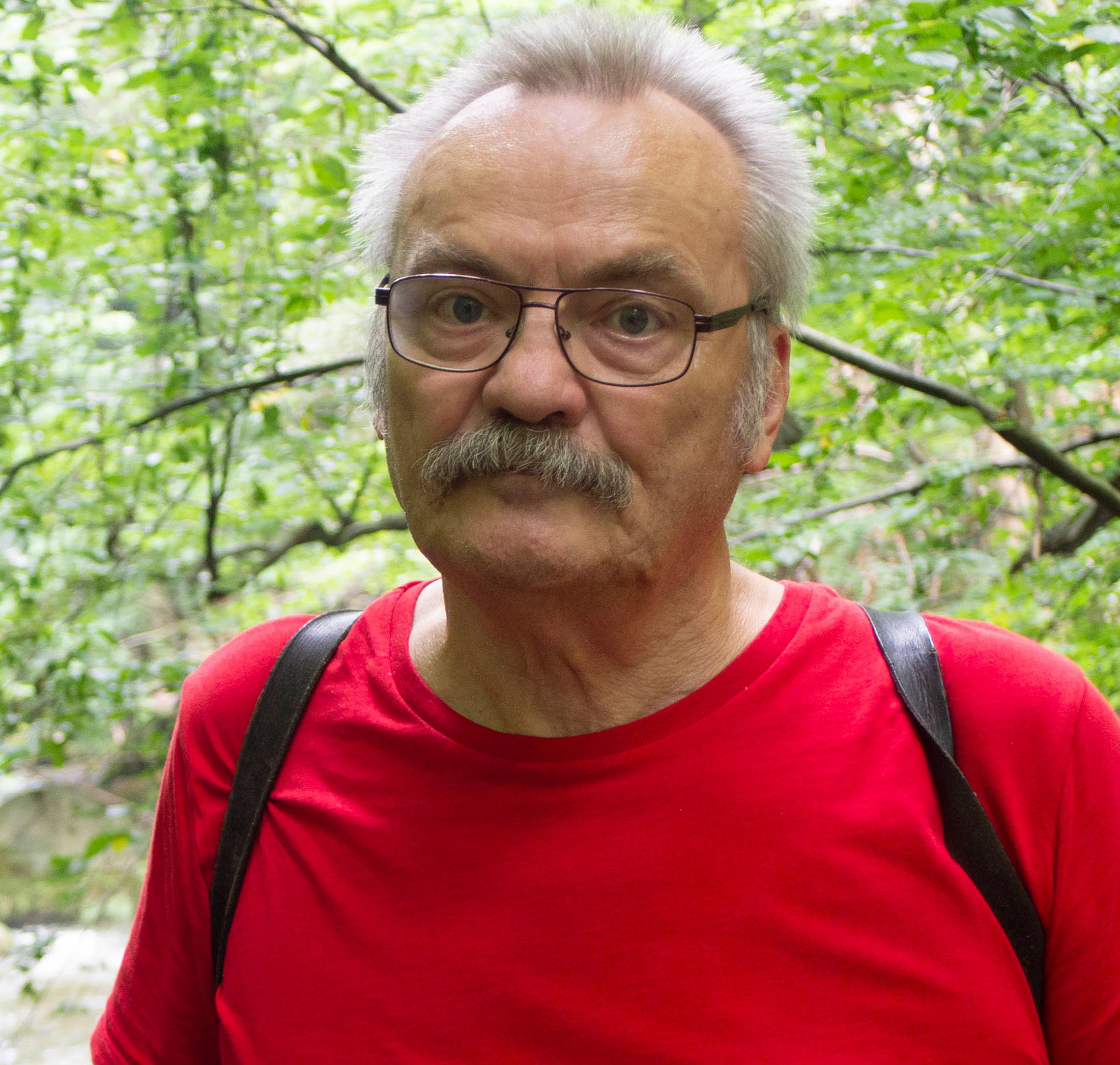
Sources and further information
Meine fotografischen Dokumentationen sind Langzeitbegleitungen baulicher, technischer und/ oder sozialer Veränderungen (My photographic documentations are long-term accompaniments of structural, technical and/or social changes.)
Günter Starke’s website via guenterstarke-foto.de
Günter Starke – der Fotograf der Dresdner Neustadt (Günter Starke – the photographer of Dresden Neustadt)
Photo report on mdr.de
Mein Weg war holprig (My path was rugged)
Article on saechsische.de
Heidi Bohley: Between Halle and Havel – the courage for freedom, Dresden/DE & Prague/CZ
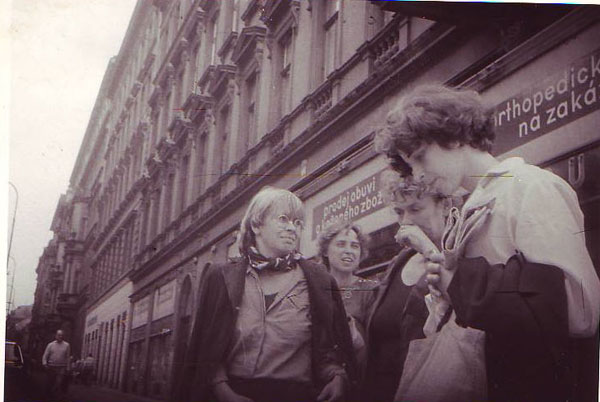
Heidi Bohley was born in Görlitz in 1950 as the daughter of a displaced family after World War II. Her parents, protestant Christians, were critical towards the GDR system. Despite her refusal to take part in the “Jugendweihe” (Secular coming-of-age ceremonies in GDR), she was able to do her A-levels (Abitur) thanks to the encouragement of a teacher.
In 1969 Bohley began studying at the Burg Giebichenstein Art Academy in Halle. A number of fellow students had seen the tank invasion in Prague in 1968 after the Prague Spring with their own eyes. These events and life in the GDR were discussed in a circle of friends. In 1973 a friend was arrested and given a 5-year prison sentence for “anti-state agitation”. Also in 1973 daughter Marí was born. Her father, a student from Prague, died just three months after his daughter was born. Despite this, the mother managed not to have put the baby into a state-run nursery.
In 1982, together with 150 women from Berlin and Halle, Heidi Bohley protested against a new military service law of which women could also to be conscripted by the army. This was followed by surveillance by the Stasi (Staatssicherheit = former secret police in the GDR), but also the togetherness and strength between the women.
The contact with her Czech relatives never broke off, but after a visit to Vaclav Havel in 1985, whose book “Trying to Live in Truth” had a great encouraging influence on the GDR opposition, she was no longer allowed to enter Czechoslovakia. Nevertheless, she kept in mind Havel’s statement: “Hope is not the conviction that something will turn out well, but the certainty that something makes sense, no matter how it turns out.”
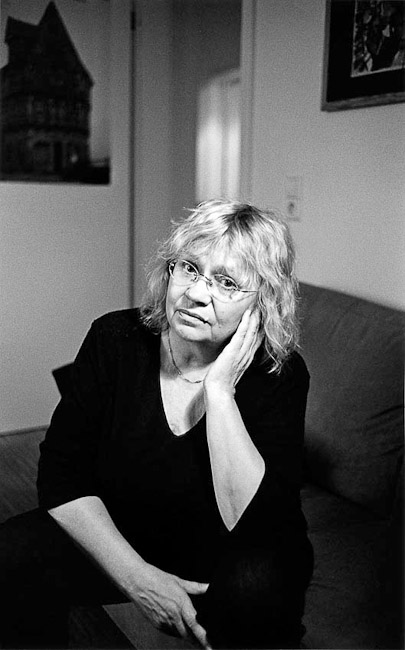
Sources and further information
The most important thing is empathy towards other people.
Interview with Heidi Bohley (Text and Audio) on memoryofnations.eu
Woher kam der Mut? (Where did the courage come from?)
Article from Heidi Bohley, in: Freya Klier (Hg.), Wir sind ein Volk. Oder?, Freiburg, Herder-Verlag 2020, page 29-38
Luiz Mazuze: Migrants in GDR, Dresden/DE

Luiz Mazuze came to the GDR from Mozambique in 1980 as a contract worker (de: Vertragsarbeiter). He dreamed of studying at a university, but soon was disappointed. He had to work in a brewery as unskilled worker and very often to do the trench work. He and other contract workers also had to experience racism again and again – a problem that was officially not an issue in GDR.
He experienced some difficult times during the last years of the GDR, the Peaceful Revolution and the years that followed. Luiz Mazuze continued to live in Dresden after the German reunification and was gradually able to qualify through training, master craftsman and studies. Today he is a senior brewing engineer and is involved in Afropa, an association for African-European understanding and the peaceful coexistence of people in Dresden with and without migration background.

Sources and further information
Commitment for African-European understanding
Luis is a board member of the Dresden Association Afropa e.V.
Klischees und Vorurteile (Stereotypes and prejudices)
Panel discussion with Luis Mazuze, Douha AlFayyad (author) and Dr. Josef Schneider (Chairman – Euro-Bridge e.V.), as part of the project Treffpunkt ostZONE. Remembering and Shaping (Kultur Aktiv, 2020)
Glaubwürdig (Credible)
MDR feature via fernsehserien.de
Visting a former „Jugendwerkhof“: Tour with Dr. Maria Pretzschner, museum education officer, Königstein Fortress/DE
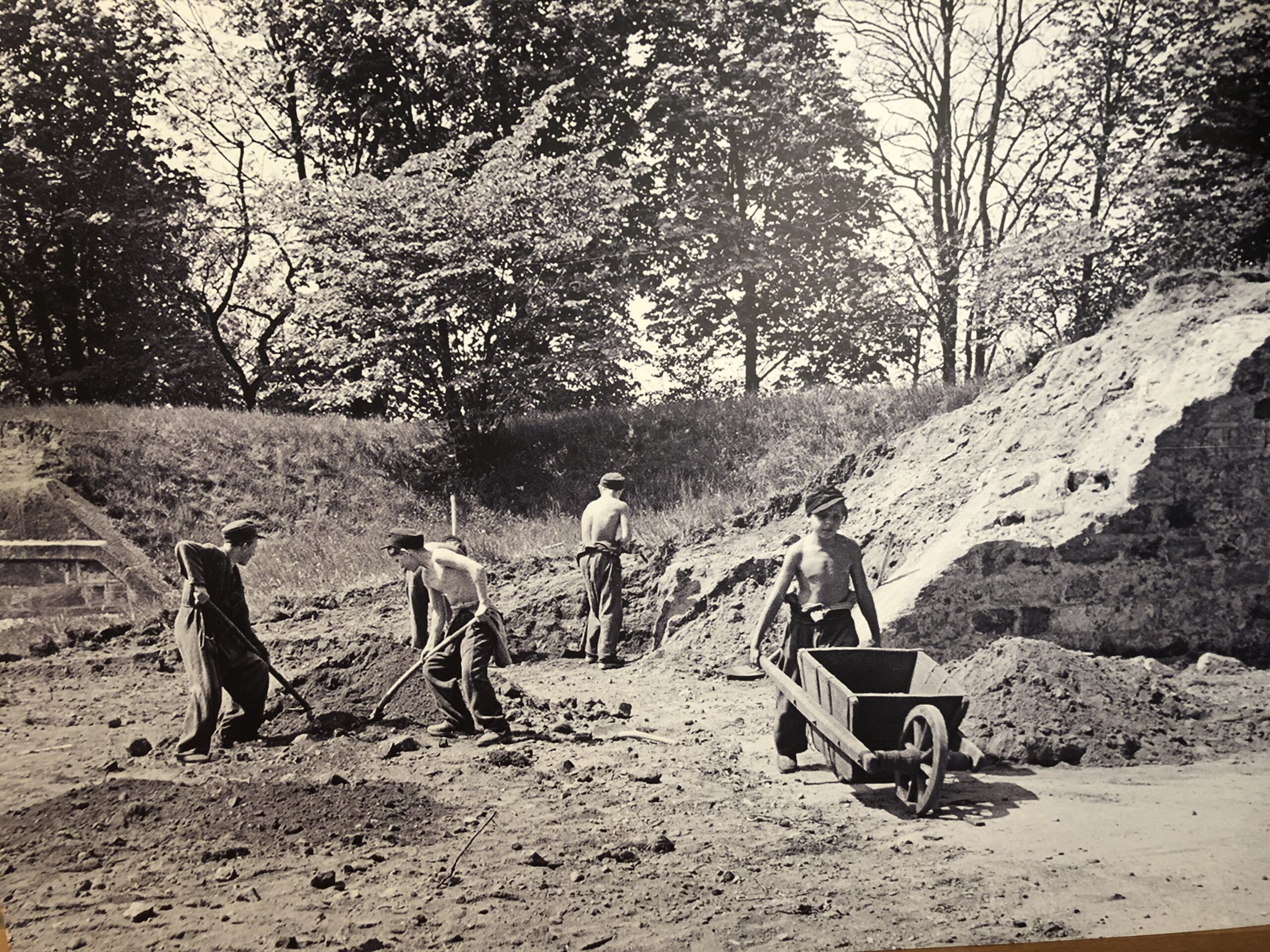
From 1949 to 1955 the former fortress Königstein in the Saxon Switzerland was used as a so-called Jugendwerkhof. Here, young people who were difficult to educate and who had become delinquent were to be brought up to become “socialist personalities”. Like all such place in the GDR in the 1950s it was based on the ideas of collective education inspired by the methods of the Soviet pedagogue Anton Makarenko. Both work and leisure time were strictly organized.
The museum education officer Dr. Maria Pretzschner leads through the Königstein Fortress, today a historical museum, and provides insights into this special past from the early days of the GDR. She can revert on a large number of interviews with former inmates and the results of a special exhibition from 2019.
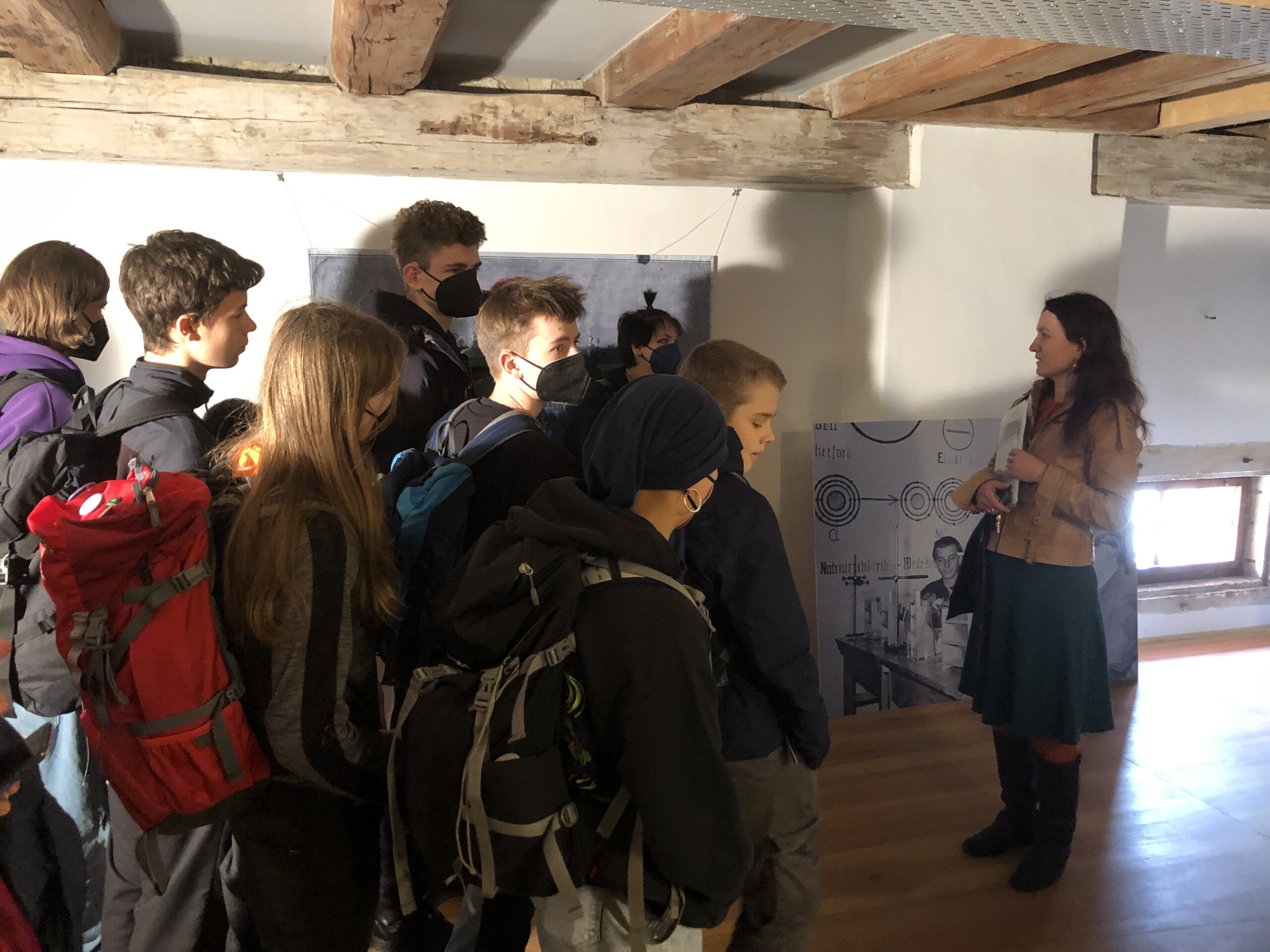
Der Jugendwerkhof auf dem Königstein, 1949-1955 (The Jugendwerkhof on Königstein, 1949-1955)
Article about the special exhibition on festung-koenigstein.de
Jugendwerkhof
Article for clarification of terms on wikipedia.org
Jürgen Gottschalk: Mail Art and Stasi persecution, Dresden/DE
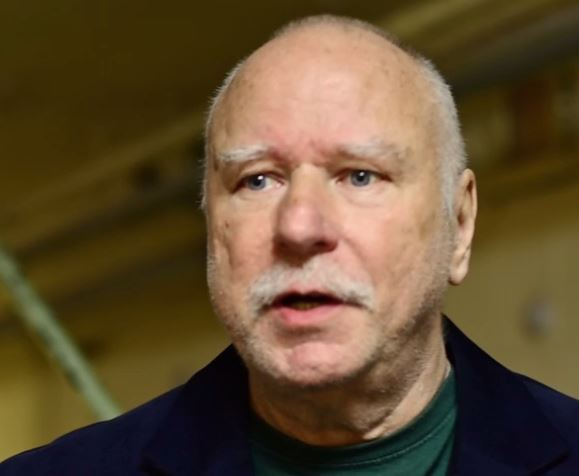
Jürgen Gottschalk was born 1951 in Dresden. He and several other artists in Dresden were inspired by the Mail Art movement from Poland in the late 1970s. They designed artistic postcards with critically ironic political messages, which they sent worldwide and which, after they were returned, they presented in private exhibitions with friends and like-minded persons. In 1991 Gottschalk opened his own printing studio. Various art projects dealt critically with the GDR.
These activities were strictly observed by the Stasi and oppressed with so-called “destructive measures”. Jürgen Gottschalk was banned from working, he was interrogated, imprisoned and in 1985 he was bought out and sent to West Germany. In 1991 he returned to Dresden, where he lives and works today. In addition to his artistic work, he is involved in the Bautzner Straße Memorial with doing guided tours and eye witness talks.
Sources and further information
Druckstellen: Die Lebensgeschichte des Dresdner Künstlers Jürgen Gottschalk, um Interviews und Dokumente erweitert (Printing points: The life story of Dresden artist Jürgen Gottschalk, expanded with interviews and documents)
Article from Ralf Julke on l-iz.de
Jürgen Gottschalk. Druckstellen. Die Zerstörung einer Künstler-Biographie durch die Stasi (Jürgen Gottschalk. Printing points. The destruction of an artist’s biography by the Stasi)
Buchreihe der Sächsischen Landesbeauftragten zur Aufarbeitung der SED-Diktatur, Band 5, Evangelische Verlagsanstalt Leipzig 2006, 120 Seiten mit zahlr. Abb.
Lutz Kandler: Painting on the Blue Wonder bridge, Dresden/DE
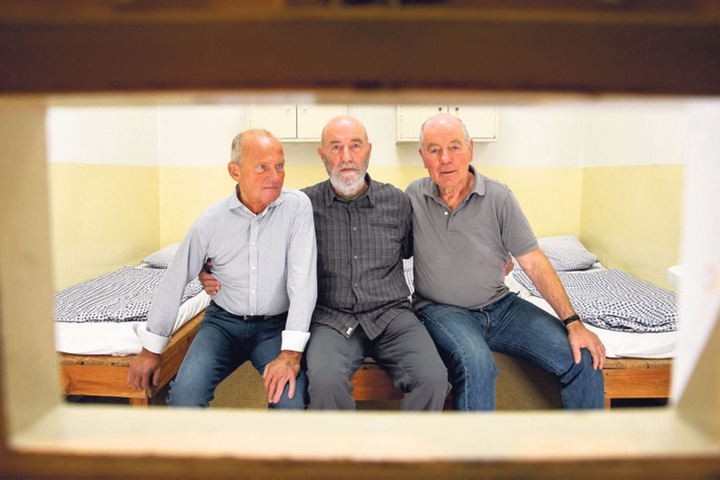
Shortly after the construction of the Wall on the German-German border on August 13 1961, three young people painted the slogan “Down with Ulbricht” (Walter Ulbricht, First Secretary of the Socialist Unity Party) on the bridge in Dresden known as the “Blue Wonder”. The Stasi took the three friends to the detention prison on Bautzner Strasse and interrogated them for this verbal attack on the chief decision-maker in the GDR. They were arrested for “seditious propaganda” and spent several years in prison. Lutz Kandler later remembered: “The worst thing was the loud noise when guards locked us in.”
After the Peaceful Revolution, the three men were rehabilitated and receive a small victim’s pension. Lutz Kandler worked as a teacher in Dresden for a long time, is now involved in the Bautzner Strasse Memorial as a eye witness and offers guided tours there.
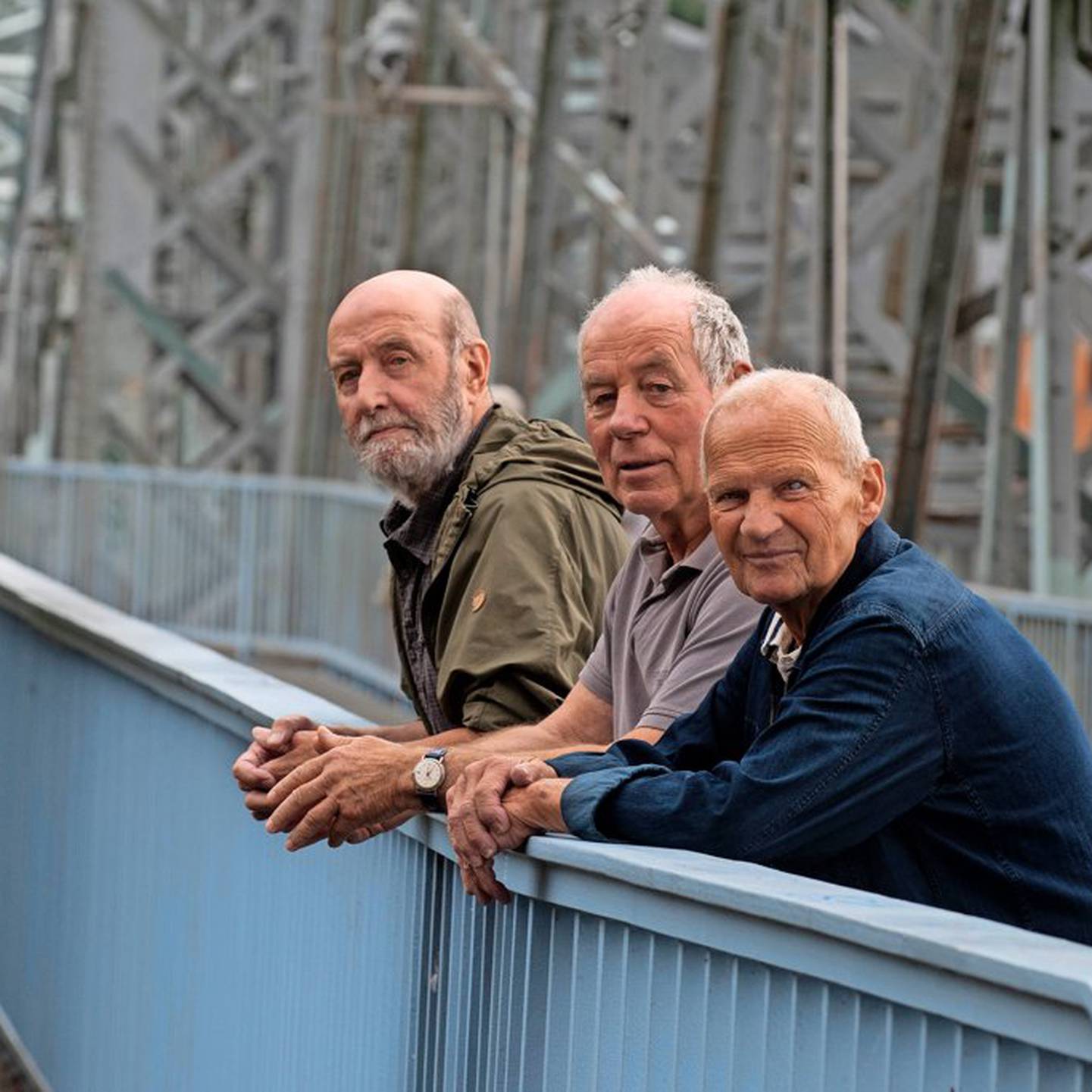
Sources and further information
So hat uns das Blaue Wunder in den Knast gebracht (This is how the Blue Wonder bridge got us into jail)
Article from Dirk Hein on tag24.de

The project zusammen.HALT is run by the Bautzner Straße Memorial and in cooperation with Kultur Aktiv. It is funded by the federal programme „Jugend erinnert“ (Youth Remembers) to come to terms with the injustices of the GDR and will run until the end of 2023.